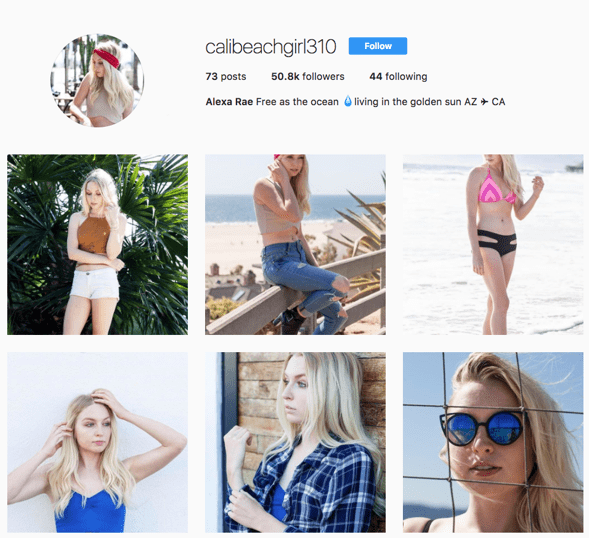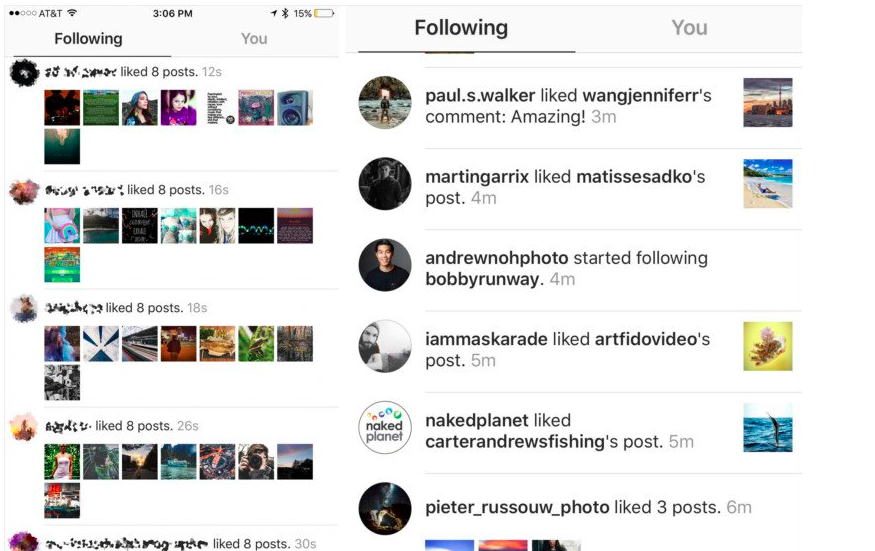Fake Influencers?
Yes, we all know they exist.
Recently, Mediakix published a very interesting article about how easy it is to create a fake influencer account and dupe brands into paying for sponsored posts.
Even though this might be true, spotting a fake influencer is just as easy as becoming one as long as you have the right tools.
We put together this quick guide to help you easily weed out the bad apples. Here are the top 3 warning signs to look out for:
Sudden changes in the number of followers an account has.
The path to organic growth is usually gradual. Social Blade is a great tool to track this. If you see random spikes in an account’s audience, take note. This might mean they are buying followers.For example, let’s analyze Mediakix’s fake influencer: @calibeachgirl310

If we look at this graphic, it is evident that, as reported in the article, this account bought followers.
2. Be aware of the follow-unfollow method.
If you are an Instagram user you have probably been part of (albeit involuntarily) the follow-unfollow game. This is when people randomly mass follow accounts and then unfollow them to get other users’ attention.
If you go to your activity page and select the ‘Following’ tab at the top, it’s easy to see if someone you follow is using this trick. If a user is logged into an automated system, you’ll see what they’re liking in real time. It is very easy to identify bot activity!

Source: Petapixel.com
These bad practices have long violated Instagram’s policies. The company has tried to crack down on fake activity on the platform by going after those who facilitate it. For example, in April of this year, Instagram shut down Instagress, one of the most popular botting sites. While that is a step in the right direction, it’s important to be aware this is not the only one on the market, so you must remain diligent.
3. Fake engagement
Metrics are crucial when measuring the success of an influencer marketing campaign. Engagement rates (likes, reactions, comments, shares) are extremely valuable. Users are becoming more aware of this, but instead of focusing on creating value for their audiences, many are implementing fraudulent practices.
- Instagram comment pods: If you dive deep and analyze the comments under an influencer’s posts, you might notice they are all written but the same group of people. The reason why is they more likely belong to a private group of Instagrammers users who help each other to create “fake” interactions.
- Hashtags and comments spammer: We often see hashtags like #F4F or #L4L. Hashtags that have been created to trade engagement. The problem with that engagement is that it is not necessarily coming from your target audience.





